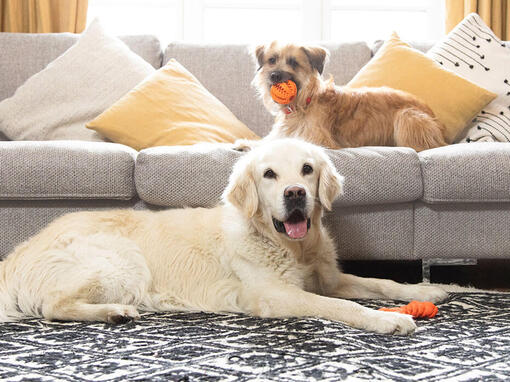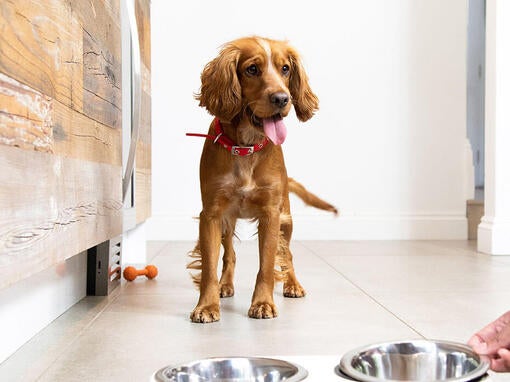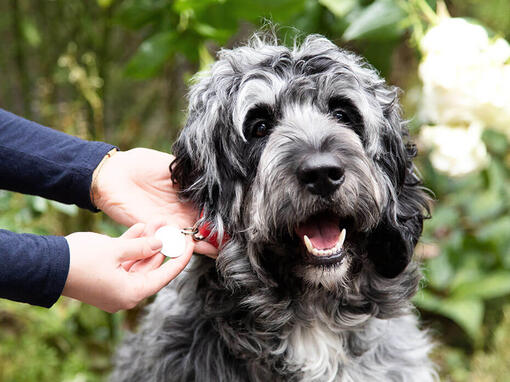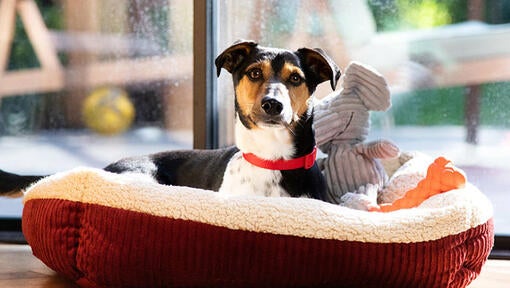Personality
Like most crossbreeds, the personality of a Cockapoo depends on the parents and how they have been bred and reared.
It’s clear from looking at the two breeds that make up the Cockapoo that this is an active dog who needs a lot of exercise and input (often more than many new owners expect) - and needs to be a part of the family. When the crossbreeding turns out as expected, the Cockapoo possesses all of the intelligence of the Poodle with the spirit of the Cocker Spaniel, resulting in a wonderful companion.
The personality of a Cockapoo seems to be more consistent when they are first crosses (F1). As a line successively bred, they can be either bred back to one of the original breeds (and so strengthen either the Spaniel or the Poodle personalities) or else be bred to another Cockapoo - in which case there is less predictability.









